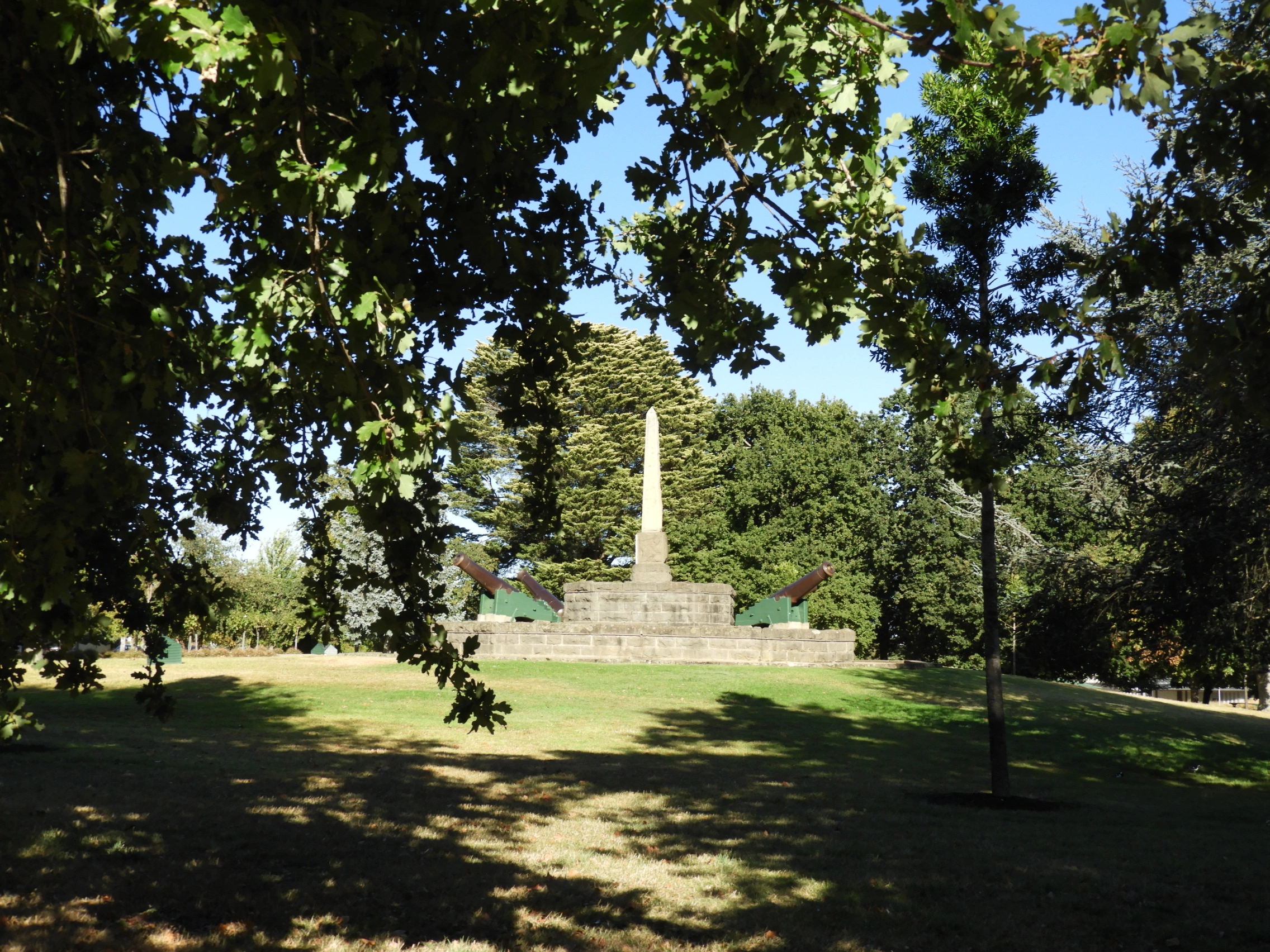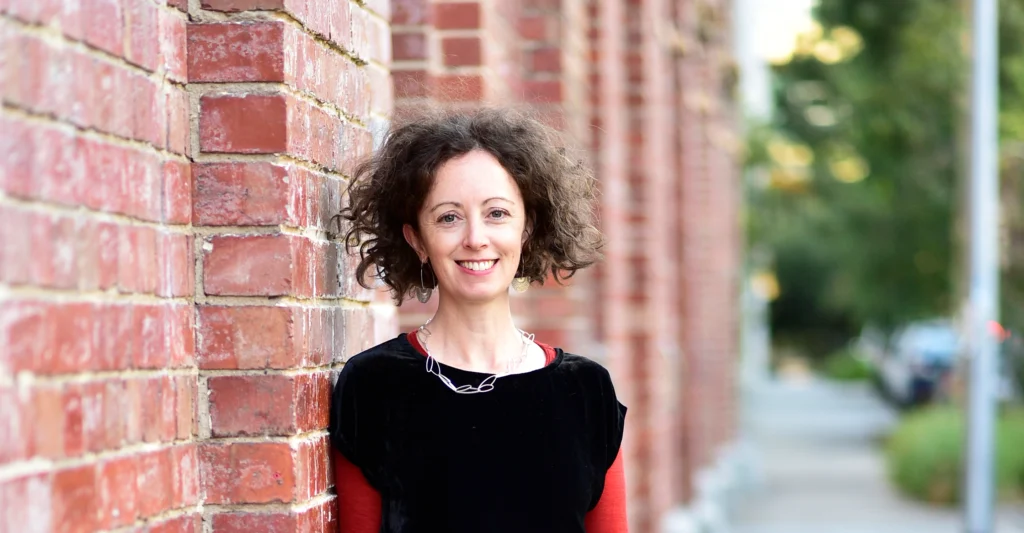
Reflecting on landscape heritage
Principal Christina Dyson at Hattah-Kulkyne National Park, Hattah, Victoria.
2024 has been a remarkable year for GML’s landscape heritage team, marked by diverse and meaningful projects across Australia. Principal Christina Dyson reflects on the past year’s achievements.
From the National Heritage listed Adelaide Park Lands and City Layout to the weathered headlands of Sydney’s coastline, our historic landscapes, both urban and rural, are a powerful expression of our culture and heritage. The landscape heritage projects undertaken by GML this year represent an extraordinary range of places and locations, with fascinating histories from the everyday to the layered and contested.
Here are just some of the places and projects we worked on in 2024:
- Royal Park, Parkville, Melbourne – Conservation Management Plan
- Eureka Stockade Memorial Gardens in Ballarat East, Victoria – Conservation Management Plan
- City Botanic Gardens, Brisbane – Conservation Management Plan
- Royal Botanic Garden Sydney and the Domain, New South Wales – Conservation Management Plan
- Gosford City Memorial and Rotary Parks, New South Wales – Conservation Management Plan
- Warburton Redwoods, Warburton, Victoria – Heritage advice and Heritage Impact Statement
- HV McKay Memorial Gardens and Church, Sunshine, Victoria – Heritage advice and Heritage Impact Statement
- Daylesford Botanic Gardens (Wombat Hill), Daylesford, Victoria – Heritage advice and Heritage Impact Statement
- Adelaide Park Lands and City Layout, Adelaide – Strategic heritage planning advice
- O’Connell Memorial Avenue, Oberon, New South Wales – Heritage advice
- Avenue planting on Great Alpine Road (Western Gateway), Bright, Victoria – Heritage Assessment
- Waverley Coastal Reserves, New South Wales – Heritage Study

Ray O’Keefe Reserve at Bondi, part of the Waverley Coastal Reserves Heritage Study.
GML also completed the Mildura and district municipal-wide heritage study and were delighted to present its findings to Mildura Rural City councillors in August 2024. Site investigations for the heritage study explored remarkable places and, as heritage studies can also do, revealed some significant cultural landscapes, streetscapes and historic parks, gardens and reserves.
Among the highlights identified were the majestic River Red Gums along the River Murray and the Aboriginal cultural landscape of Hattah-Kulkyne National Park, characterised by freshwater lakes, open native pine woodlands, and mallee scrub. The study also documented the expansive, undulating plains of Victoria’s northern Mallee region, punctuated by the landmark grain silos developed in the 1940s and reflecting aspirations for prosperous wheat production in the area.
Additionally, the study celebrated the enduring legacy of the city’s irrigation settlement, established in the 1880s, seen in the horticultural blocks of citrus, vines, almonds, and more. Within the towns, distinctive cultural plantings added further character, including Cotton Palms, Washingtonia Palms, Date Palms, and Canary Island Date Palms in central Mildura, Merbein, and Irymple, as well as Jacarandas throughout Red Cliffs.

Towering Coast Redwoods (Sequoia sempervirens) at Cement Creek in Warburton, planted in the early 1930s by the Melbourne and Metropolitan Board of Works, as part of an experiment into land regeneration in water catchment areas.

Landmark grain silos in Victoria’s northern Mallee region, part of the Mildura and District Heritage Study.

Colonel Light monument on Montefiore Hill, North Adelaide, erected by the citizens in 1906, seventy years after Light ‘fixed the site of Adelaide’ on 29 December 1836. The statue of Light gestures in the direction of the city and beyond to the Adelaide Hills.
The conservation management plans for Royal Park, the Eureka Stockade Memorial Gardens, Brisbane’s City Botanic Gardens, and the heritage advice for locally listed St James Park in Hawthorn, highlighted some of the current and pressing challenges that landscape heritage conservation needs to address. These include aging tree populations, imperatives to improve climate resilience, limited resources and increased demand on public open spaces.
In the context of a changing climate and rapid urban change and development, the importance of understanding, maintaining and enhancing both community-held values and significant aesthetic characteristics of our public parks, gardens, reserves and streetscapes, and ensuring conservation of their heritage values for future generations, is now more important than ever.

Avenue of elms at St James Park in Hawthorn, Victoria.

View of the 1884 Eureka Stockade Monument framed by a c1890 formal planting of English Oaks, at the Eureka Stockade Memorial Gardens.




